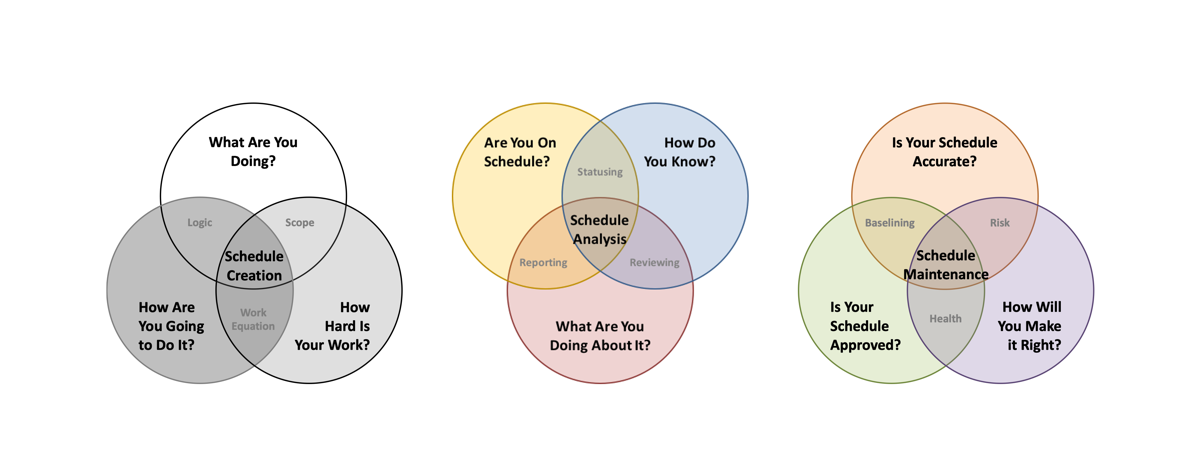It was October, and Ashley was buttoning up her piece of an Integrated Master Schedule for end of the fiscal quarter earned value reporting. The IMS contained half a dozen sub-projects, each of which was at least two thousand lines. The phone rang.
“Hey Ashley, it’s Tyrell.”
“Hi Tyrell! How are you? How can I help you today?”
“I need the tiniest of favors. Remember how I said we would be done by day’s end and begged you to mark it complete?”
“Oh no,” Ashley groaned in a teasing voice. “Tyrell did you break a promise?”
“We just need a couple more days. Push the finish date out to Wednesday and don’t worry we’ll get everything caught up.”
Ashley made a cursory check through Tyrell’s work. “Okay, I don’t see this delay pushing any of your other work. So, I’ll reopen the testing task and sneak it into the month end copy.”
“Perfect! Thank you, Ashley. I’m out the door for my long weekend, but I’ll bring you a pair of mouse ears back from California.”
Three hours later, Ashley got a panicked call from her boss. “What the heck did you do!”
Ashley was bewildered. “Anita, what do you mean?”
“Yesterday your draft schedule was all ‘in bounds’. Today, your published schedule file is delaying three deliverables into the next release phase. What changed, and what are we going to tell the client?”
Ashley, still bewildered, knew exactly what she did to break the IMS. But she had no idea how her tiny edit for Tyrell undid everything. Anita and Ashley traced the problem in an hour. Postponing system integration postponed another project’s unit testing which was on their critical path. Full systems integration testing happens at the Government’s dedicated testing facility. But postponing full systems testing so close to the winter holidays meant they wouldn’t have enough time to finish before year’s end. And a competitor had the testing facility reserved for January and February. So now full systems integration testing will finish in April at the earliest, with the customer delivery in May.
“So, Ashley,” Anita said after the forensic analysis, “How are you going to fix this?”
Questions to Consider
- Ashley made two mistakes in this case study. What are they? How could Ashley have prevented this scenario even before the case study narrative begins?
- In terms of schedule logic, what elements (or fields) in a schedule file had to be affected for Tyrell’s three-day delay to mushroom into a several month delay?
- This is a worst-case scenario in Schedule Management, but it does happen. What emergency steps might the program manger or executive leadership to fix the surprise problem with as little long-term disruption as possible.
